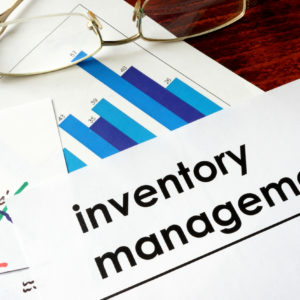
Tips for Selecting the Right Inventory Management System
The process of identifying and selecting the perfect management system for your inventory can be an arduous task. Today’s market is filled with countless options that make it onerous to find the perfect fit for you. Most people end up settling for the first option or the cheapest available option on the market. You may ask yourself, where do I start? Here are five steps you can follow to select the right inventory control system.
Work with a Budget
The first step you are required to begin with is deciding on a budget you can work with. It is next to impossible to find the right system if you have no clue about the price range. Coming up with a budget helps you narrow your search. Doing this will save you time and effort you would have otherwise wasted on considering systems beyond your budget bracket.
Inventory management systems differ in prices. You can be able to find prices ranging from free to as high as $100,000 hence there exist many options regarding scalability, quality, and capability. Having a clear understanding of your price range can help you identify the right system.
Understand Inventory-Related Challenges
The same way the is a broad range in pricing, there is a similar characteristic in functionality. You need to understand how your inventory functions and the challenges you face with the current workflow. Understanding this information helps experts to suggest solutions that can help deal with your current challenges.
Determine the Type of Integration You Need
Is your business or company using ERP, CRM, accounting or a different software system? When selecting a new inventory system, ensure that it is compatible with the existing system. A system that does not integrate with previous systems will be inefficient, and you would be forced to enter data manually. This process can be laborious depending on data points that exist.
Data points may include locations, items, and orders. You also risk losing data and cause unnecessary delays during updates. A system that allows seamless integration can help improve efficiency and accessibility.
Determine How You Want to Track Items Using the System
There exist countless ways you can track items in your inventory. Thus, it’s essential to internalize the method you would be employing. Stocks can be monitored using barcodes, kitting, RFID tags, and serialization. As much as there are many methods available, not all will work well with a given inventory system. Likewise, not all systems have features that support tracking.
This is common with medium or small office set-ups. You need to research the type of tracking method that will function well to avoid future problems. Click on https://www.stitchlabs.com/integration-category/ecommerce-platforms/ for more information on determining how you can track items using the system.
Determine the System Usability
How many users will the system have, their location, and their identity? Research about the system to understand the number of users it can handle. Many inventory management systems require that you pay an extra amount for additional users. It would be helpful to understand your user needs when asking for a quote or checking out prices.
This aspect can be helpful in estimating the cost. Understanding the location and identity of system users helps in system set-up. For instance, you can have customers, suppliers, and management using the same system but from different physical locations in the country or the world.


